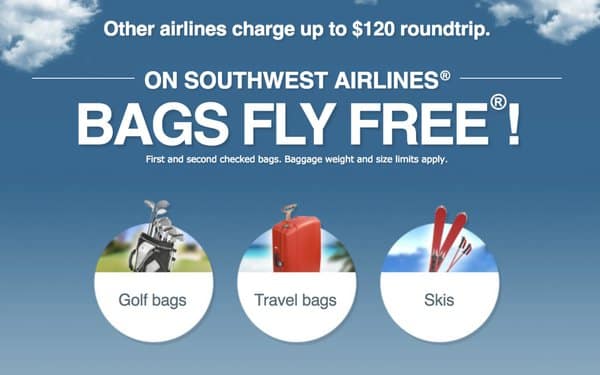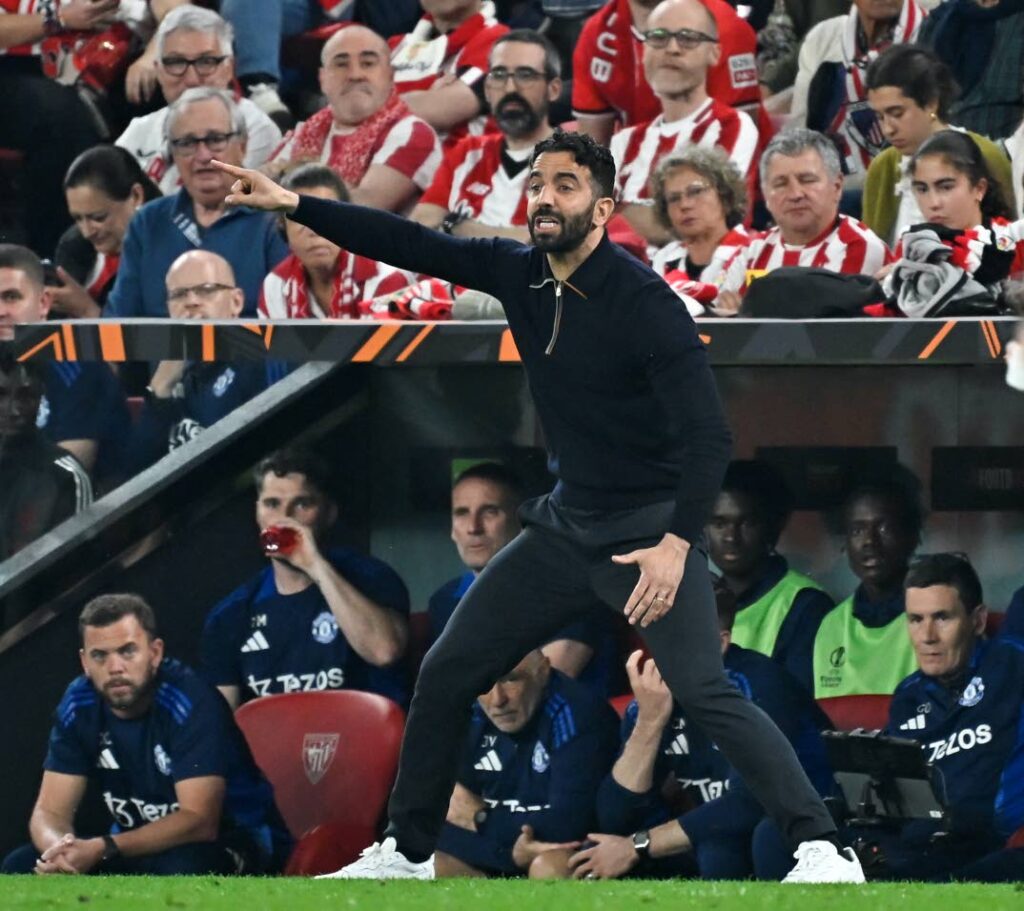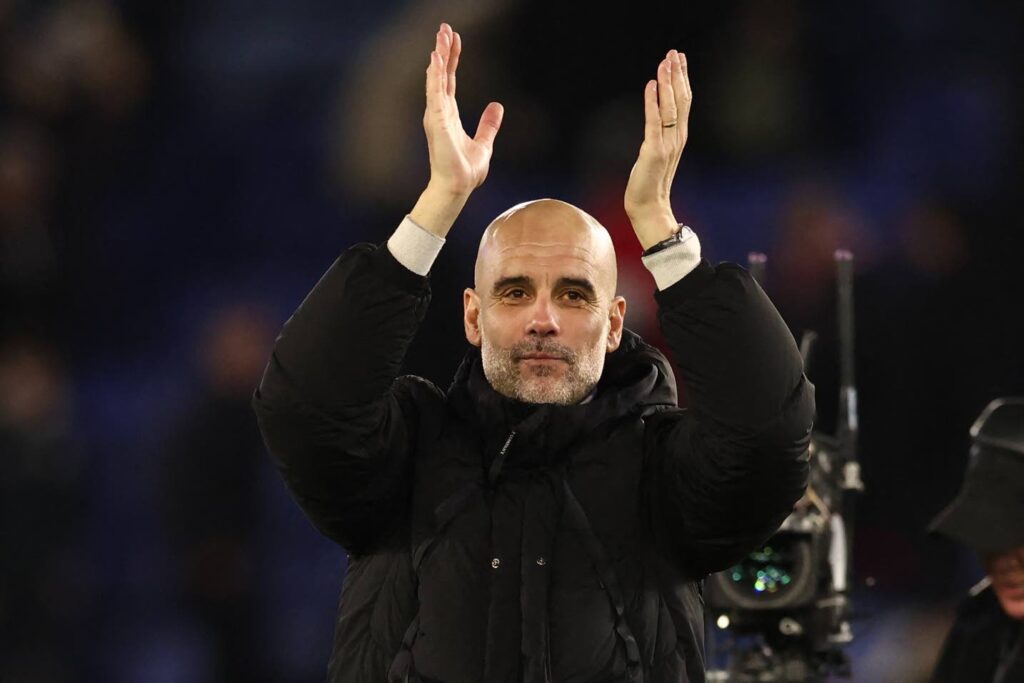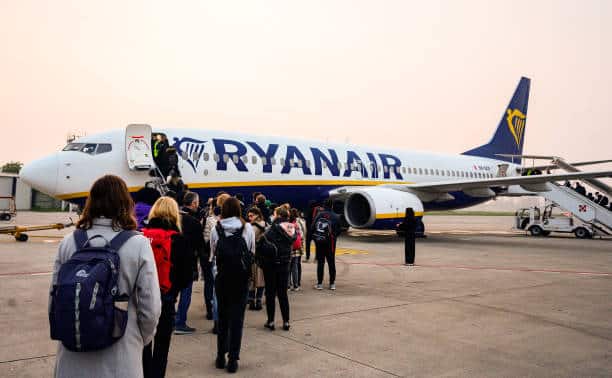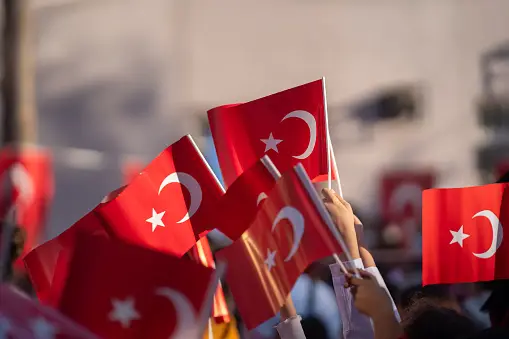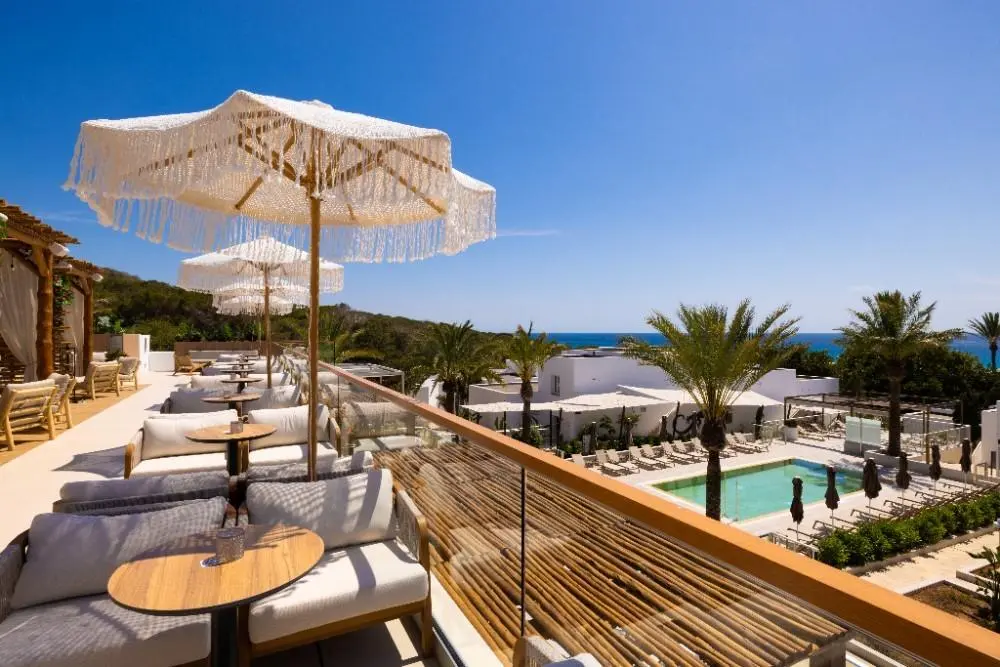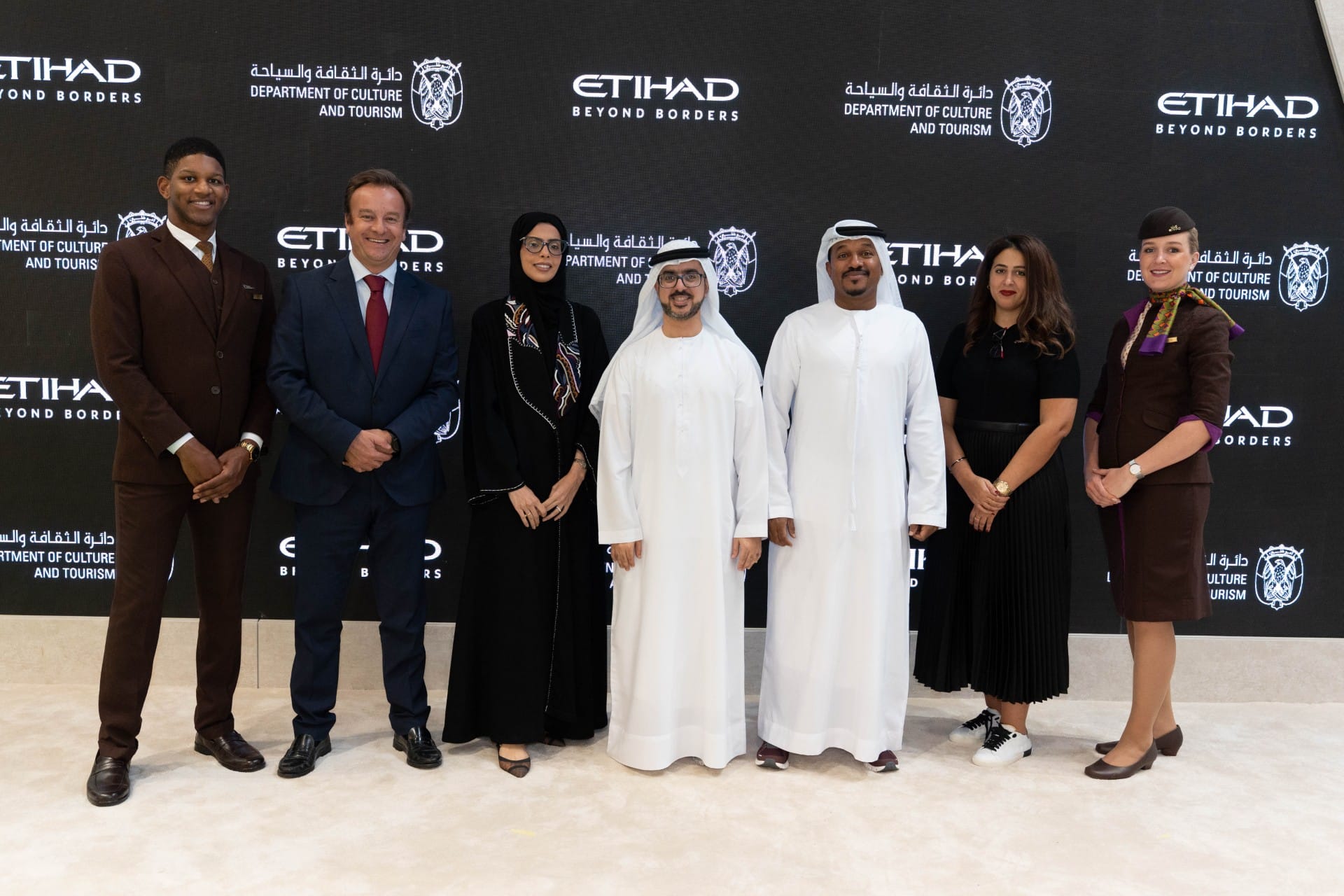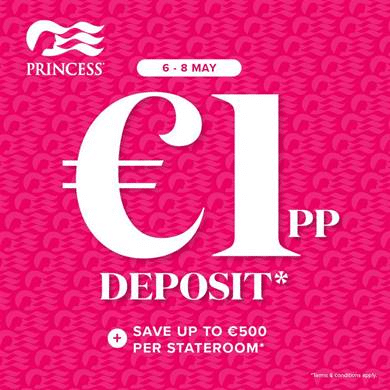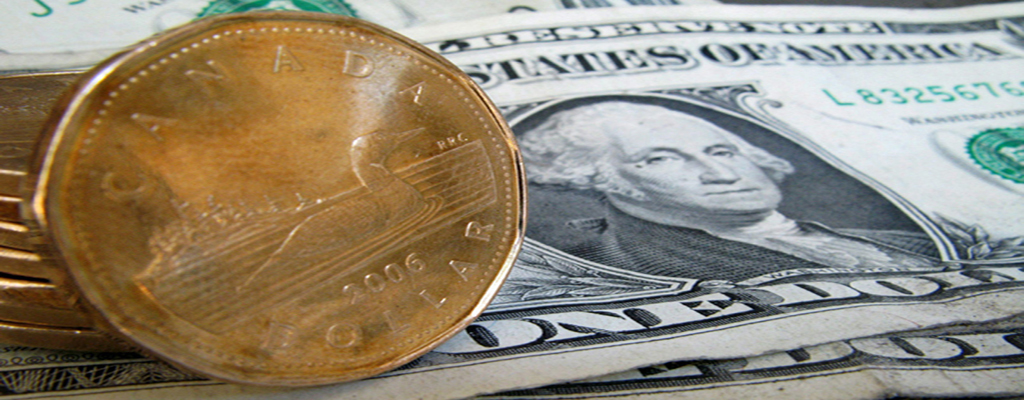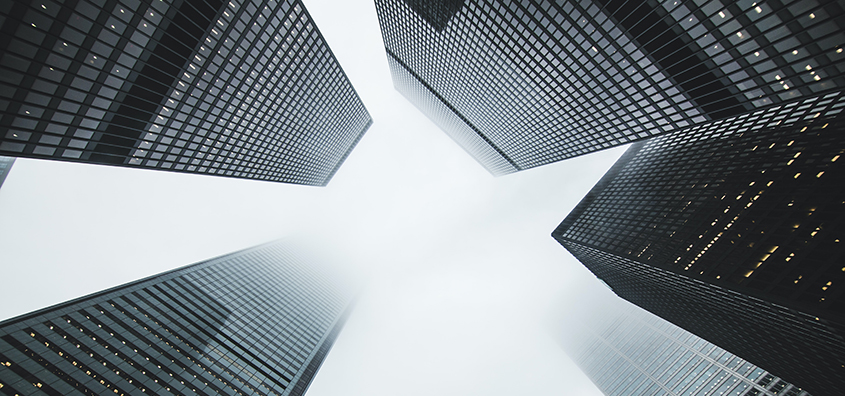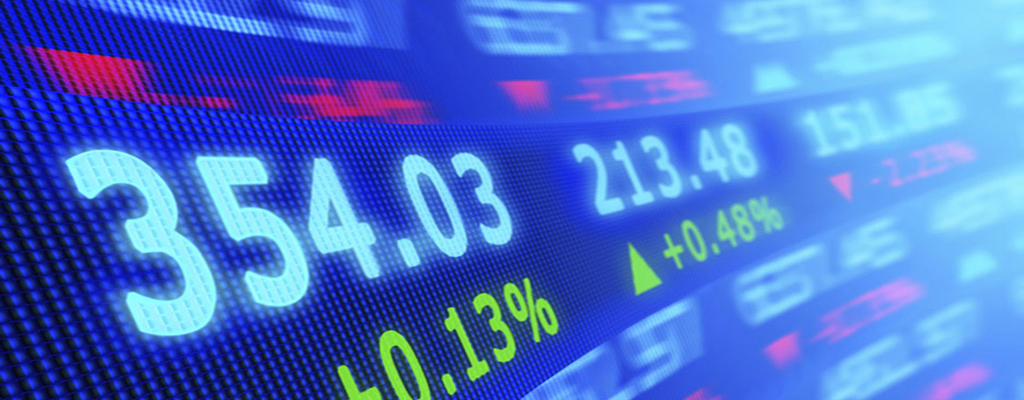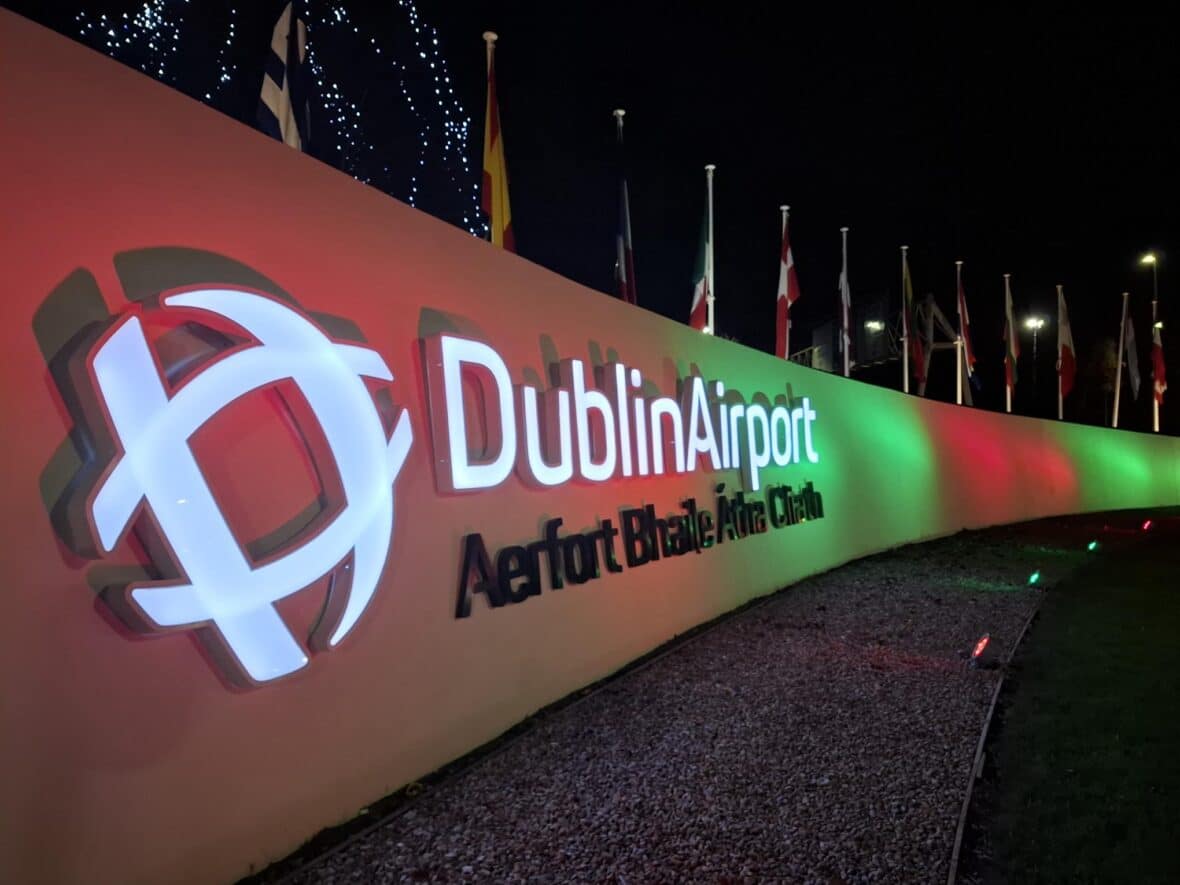EDSA: A boulevard, not a highway

ONE of the bright spots this week was Transportation Secretary Vince Dizon's announcement that EDSA should be overhauled so that it can better serve a broad range of Metro Manila road users (not only those in motor vehicles) and fulfill its unrealized potential. Imagine what EDSA could be if it included wide tree-shaded sidewalks, protected bikeways, upgraded mass transit and many ground-level crosswalks, enabling easy access on foot from one side to the other for persons of all abilities.
In an April 21 interview with the Bilyonaryo News Channel, Dizon said: "It's going to be difficult. We're going to expect a lot of pain in the next year and a half to two years. But after that, it's going to be a totally different EDSA that we've experienced." He said that sidewalks would be expanded, enabling people to walk short distances on EDSA comfortably and safely. He described the expected outcome as making Metro Manila more commuter-friendly and people-centric, rather than car-centric.
If I were to describe what Dizon has in mind, it is to transform EDSA from a highway to a boulevard. I found the best description of a boulevard from Mexico — at www.nuevaescuelamexicana.org — not surprising, because some of the best boulevards in the world are found in Mexico.
This is a translation from the original Spanish: "A boulevard is a wide, tree-lined public road, generally designed both for vehicular and pedestrian traffic. They are usually decorated with gardens, fountains and seating areas, which promote pedestrian use and social interaction. Often, the boulevards are located in urban areas and are connected to places of interest, such as shops, restaurants and cultural attractions, becoming centers of activity and social life for their inhabitants." In contrast, a highway is a motor vehicle thoroughfare, a corridor prioritized for cars offering very little in the way of safety, accessibility and comfort for anyone not in a 4-wheeled motor vehicle. This is what EDSA is today, unfortunately — a hostile, difficult environment for anyone not in a car. In a country where only 6 percent of households are car owners, Metro Manila needs more boulevards instead of highways.
If a big part of EDSA's purpose is to move more people along the busy corridor, facilitating travel by car is not the answer. We already can see the futility of adding more road space for cars (it only attracts greater motor vehicle use). Because cars are the least efficient movers of people, it makes sense to convert some of the mixed traffic lanes into dedicated lanes for buses, pedestrians and bicycles, which will move many times more people in the same road space while promoting healthy lifestyles and generating less traffic and pollution.
Today, we are seeing a global trend towards re-purposing urban expressways and highways that are no longer in sync with their social and economic environments. For example, Paris recently spent 250 million euros to transform the Champs-Elysees, formerly an eight-lane highway, into more of a public park — cutting in half the number of lanes for cars and converting the road space into wide bike lanes and walkways with "tunnels of trees." In Seoul, South Korea, two busy and unsightly expressways (one elevated and one at ground level) once buried the Cheonggyecheon Stream. After the two were removed in 2003, the Seoul metropolitan government created a breathtaking promenade along the stream running 11 kilometers through the center of the city. Today, the Cheonggyecheon Stream is arguably the top tourist attraction in Seoul.
In the US, the previous administration implemented a $10-billion "highways to boulevards" program. The focus was on areas where highways had grown "out of place" with the surrounding areas. It offered the opportunity to re-design roadways to prioritize pedestrians, bicycles and public transport and to create green public spaces where people can stroll, shop and socialize.
EDSA, originally designed for car use, has likewise grown out of place with its surroundings. Because major commercial and residential districts as well as important places of interest have sprouted all along the corridor, EDSA needs to cater to many more types of road users, not only those in cars. Mass transit deserves highest priority and the demand for non-motorized transport is huge. EDSA therefore needs a major makeover to address these new and emerging travel needs.
Moreover, EDSA's transformation should be in line with the preferences of the majority. In a Social Weather Stations survey commissioned by the Department of Health in November 2020, nine out of 10 Filipinos nationwide agreed with the statement: "Roads in Philippine cities and municipalities will be better off if public transportation, bicycles and pedestrians are given priority over private vehicles." We need an EDSA that will serve the full range of road users, including cars.
Since 2021, civil society and major business groups have been calling for the transformation of EDSA. Four years ago, Eduardo Yap, chairman of the transportation and infrastructure committee of the Management Association of the Philippines, launched the Green EDSA Movement for a "calmer, tree-lined and landscaped thoroughfare, with wide sidewalks conducive to walking and promenading; and a vibrant, dynamic community where establishments thrive in a gentler, greener social milieu; to advocate the adoption of aesthetic and environment-friendly design and construction of public and private infrastructures that allows space for people mobility, the growth of trees and greenery, exposure to natural lighting and air circulation; and to enjoin businesses and property owners along and adjoining EDSA to participate in its renovation and redevelopment into a people-friendly, landscaped greenway, with generous space for pedestrian movement." The Green EDSA Movement found enthusiastic support from the Management Association of the Philippines, Financial Executives Institute of the Philippines, Makati Business Club, Philippine Chamber of Commerce and Industry, Federation of Filipino Chinese Chambers of Commerce and Industry, the Move As One Coalition, Employers Confederation of the Philippines, Philippine Exporters Confederation Inc. and even major firms like the Aboitiz Group and Meralco.
Secretary Dizon is right. Let us not allow the impending rehabilitation of EDSA (and the related disruption and inconvenience) to go to waste. Let's use the opportunity to deliver a transformed EDSA that will serve all Filipinos, today and into the future.
Robert Y. Siy is a development economist, city and regional planner and public transport advocate. He is a co-convenor of the Move As One Coalition. He can be reached at mobilitymatters.ph@yahoo.com or followed on X at @RobertRsiy.
What's Your Reaction?
 Like
0
Like
0
 Dislike
0
Dislike
0
 Love
0
Love
0
 Funny
0
Funny
0
 Angry
0
Angry
0
 Sad
0
Sad
0
 Wow
0
Wow
0





